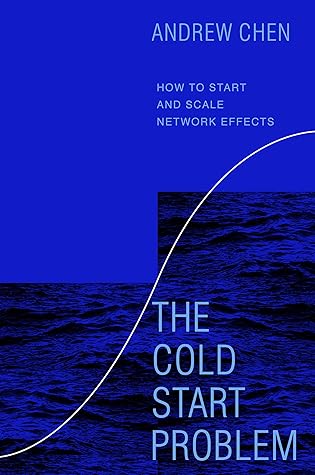More on this book
Community
Kindle Notes & Highlights
by
Andrew Chen
Read between
December 8 - December 30, 2022
Those aggregate metrics were regarded as mostly meaningless. Instead, the discussion was always centered on the dynamics of each individual network, which could be nudged up or down independently of each other, with increased marketing budget, incentive spend for either drivers or riders, product improvements, or on-the-ground operational efforts.
In its classic usage, a network effect describes what happens when products get more valuable as more people use them.
The solution to the Cold Start Problem starts by understanding how to add a small group of the right people, at the same time, using the product in the right way. Getting this initial network off the ground is the key, and the key is the “atomic network”—the smallest, stable network from which all other networks can be built.
The networked product should be launched in its simplest possible form—not fully featured—so that it has a dead simple value proposition. The target should be on building a tiny, atomic network—the smallest that could possibly make sense—and focus on building density, ignoring the objection of “market size.” And finally, the attitude in executing the launch should be “do whatever it takes”—even if it’s unscalable or unprofitable—to get momentum, without worrying about how to scale.
The concept of a “Growth Team” at Dropbox, while becoming more commonplace in the industry, was then a controversial move across the company.
Yet the track record speaks for itself—growth teams have emerged across the industry as a focused way to scale products toward Escape Velocity.
If Big Bang Launches work so poorly in general, why do they work for Apple? This type of launch works for Apple because their core offerings can stand alone as premium, high-utility products that generally don’t need to construct new networks to function.


